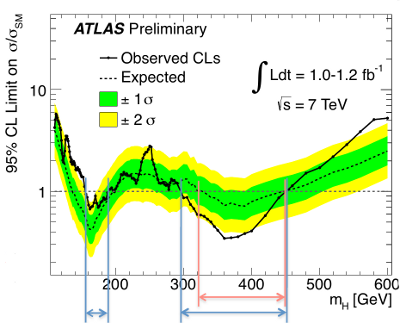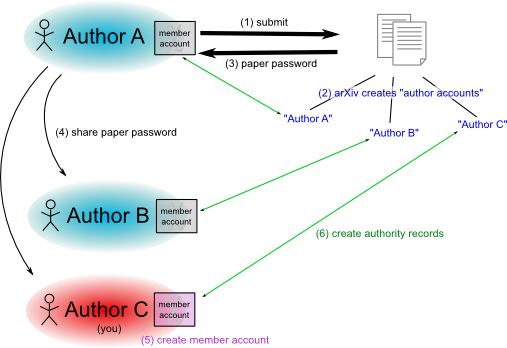Moved to new server
Posted by David Zaslavsky onJust a quick update as to why this site has been messed up the past few days: I had some problems with Apache crashing after an update late last week, and since I’d been thinking about moving from Slicehost to Linode anyway, I decided to use this as an excuse to make that move. Of course, that meant I had to set up a new server almost from scratch and transfer everything over. I haven’t quite transferred everything yet, but the important stuff should be running.


